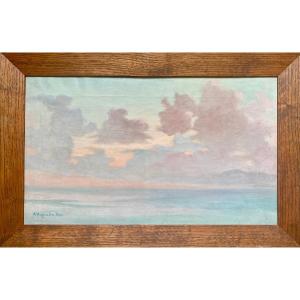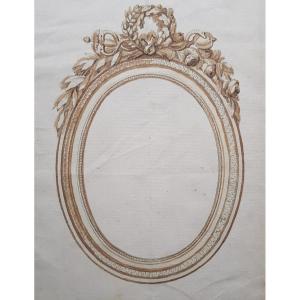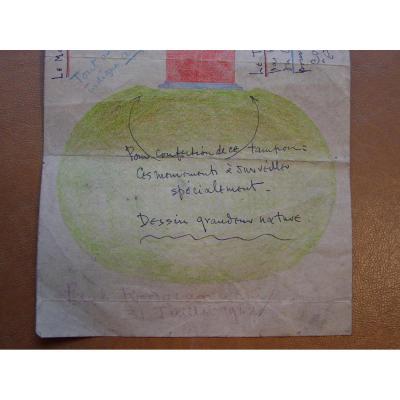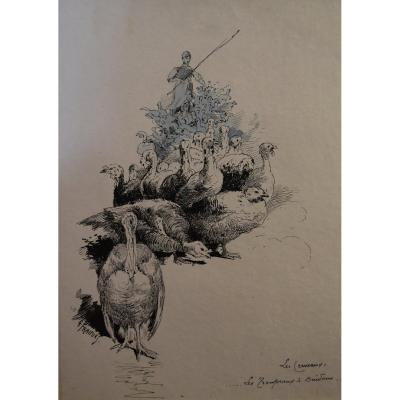Sète 1871 - Paris 1950
Portrait of a young Princess
Charcoal drawing and slightly enhanced with gold gouache
Signed and dated 1896 lower right
33 x 24 cm sheet
49 x 42.5 cm framed
Beautiful frame from the end of the 19th century in solid wood and ebony veneer.
A student of Fernand Cormon at the École des Beaux-Arts in Paris, Guirand de Scevola specialized in pastel. He exhibited throughout his career in Paris at the Salon des Artistes Français, then at the Salon de la Société nationale des beaux-arts, of which he became an associate, then a member, then a member of the committee, and finally president in 1937, replacing the landscaper André Dauchez. He was also a member and then President of the Société des Pastellistes de France. In 1906, he married the actress Marie-Thérèse Piérat, a member of the Comédie Française. A pillar of Parisian bohemian and artistic life, Guirand de Scévola frequented many artists, the Cabaret des Quat'z'Aerts and was part of the Mortigny circle. Guirand de Scévola created the sets for several plays in which his wife acted and illustrated the stories she published. A painter of flowers, still lifes, alcove scenes and landscapes, Guirand de Scévola led a brilliant career as a portraitist, executing among other things the portraits of many public and social figures (Duke of Massa, the Duchesses of Uzès and Brissac, etc.) both in France and in Buenos Aires. However, from 1894, his works testify to a pronounced interest in symbolism which was then flourishing on the walls of various artistic events. This idealistic period, highly sought after in the artist's corpus, is characterized by the representation of female faces transcribed in a medieval atmosphere, evoking princesses, heroines and witches directly inspired by the Italian Renaissance and the Pre-Raphaelites. Mobilized from the beginning of the Great War, Lucien-Victor Guirand de Scévola is considered one of the inventors of military camouflage with Eugène Corbin, a soldier and friend from Nancy, and the decorator Louis Guignot; together, they are said to have had the idea of covering artillery pieces with painted canvases that blend into the landscape to avoid their detection by the enemy.






















 Le Magazine de PROANTIC
Le Magazine de PROANTIC TRÉSORS Magazine
TRÉSORS Magazine Rivista Artiquariato
Rivista Artiquariato
